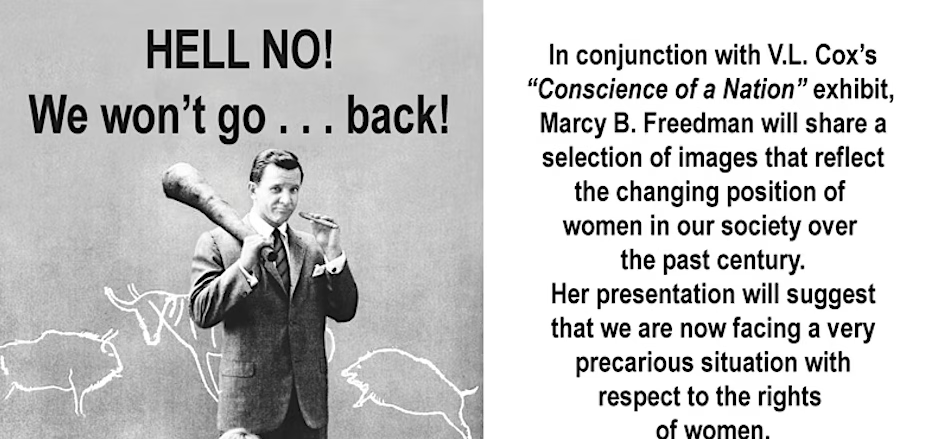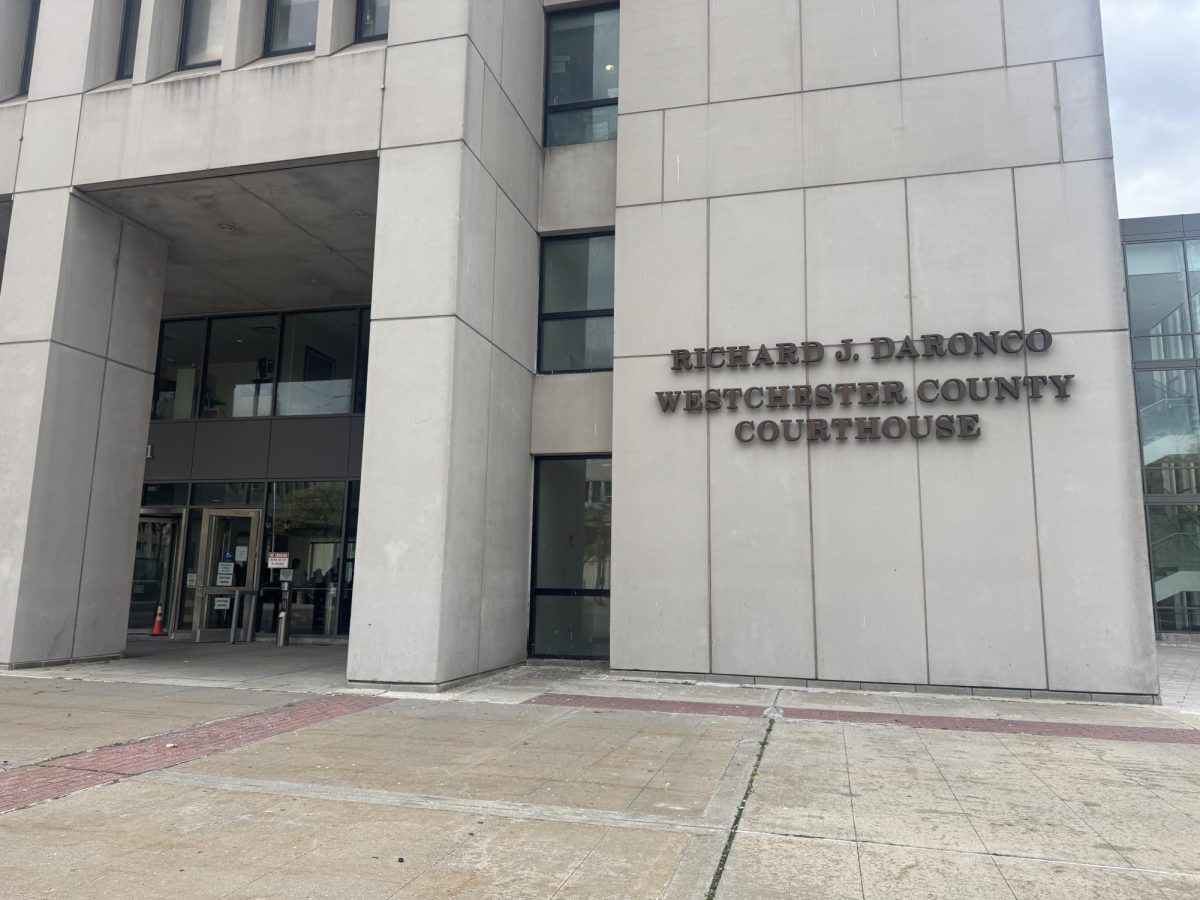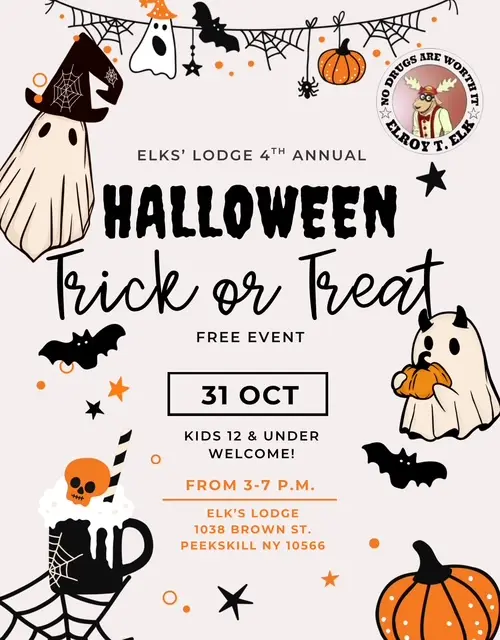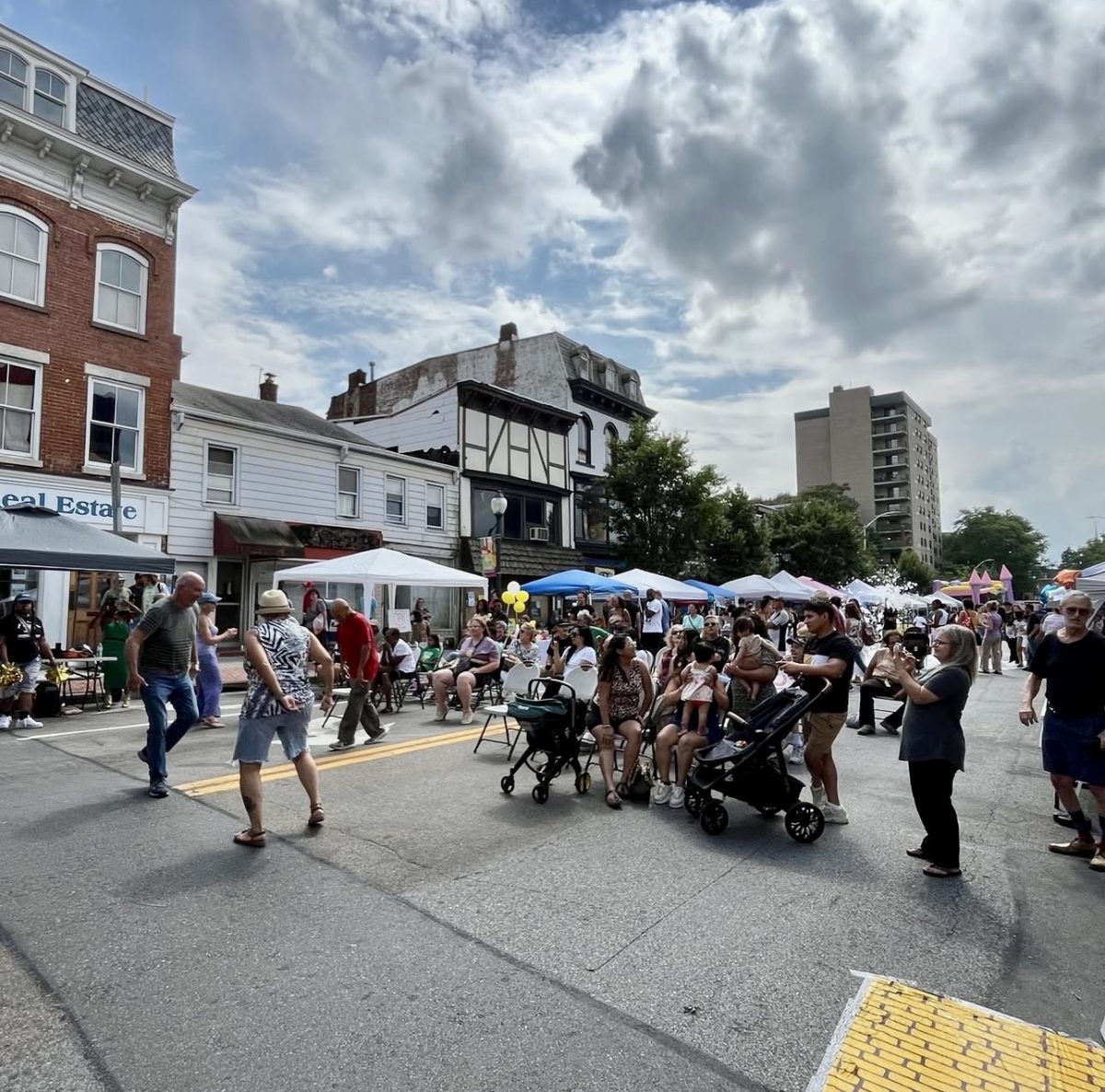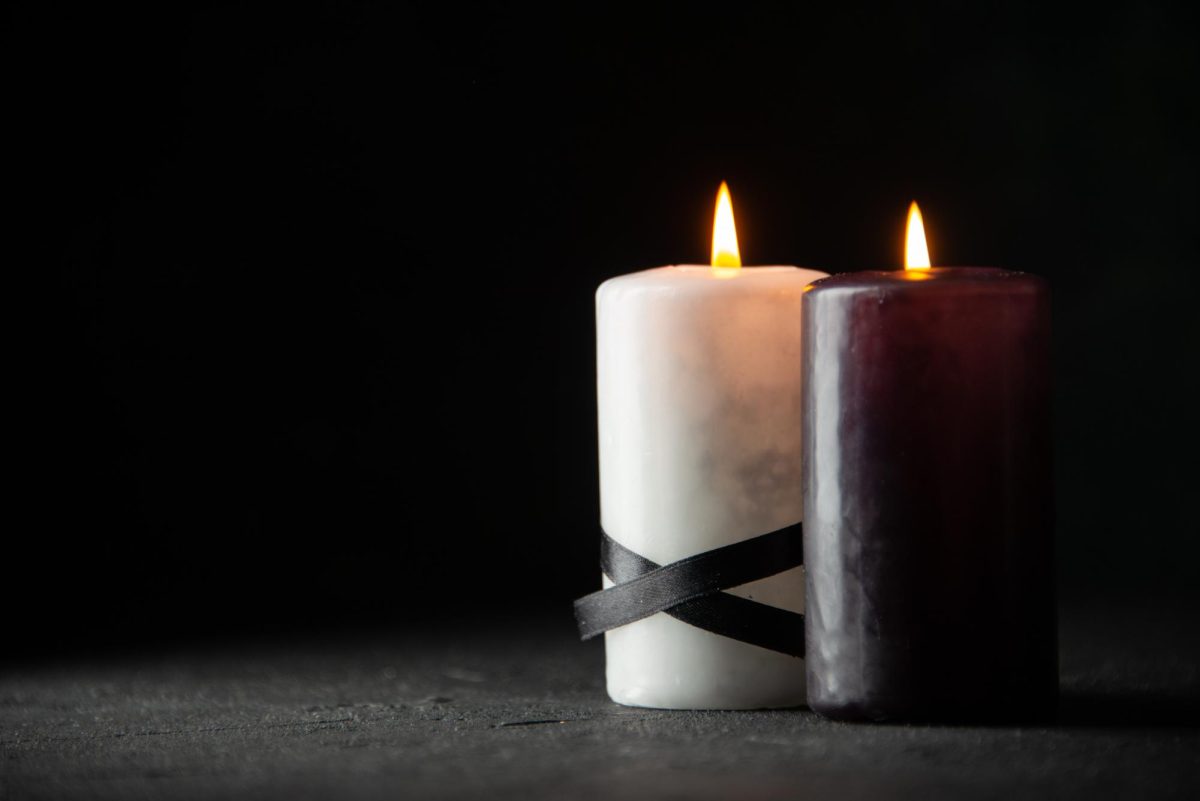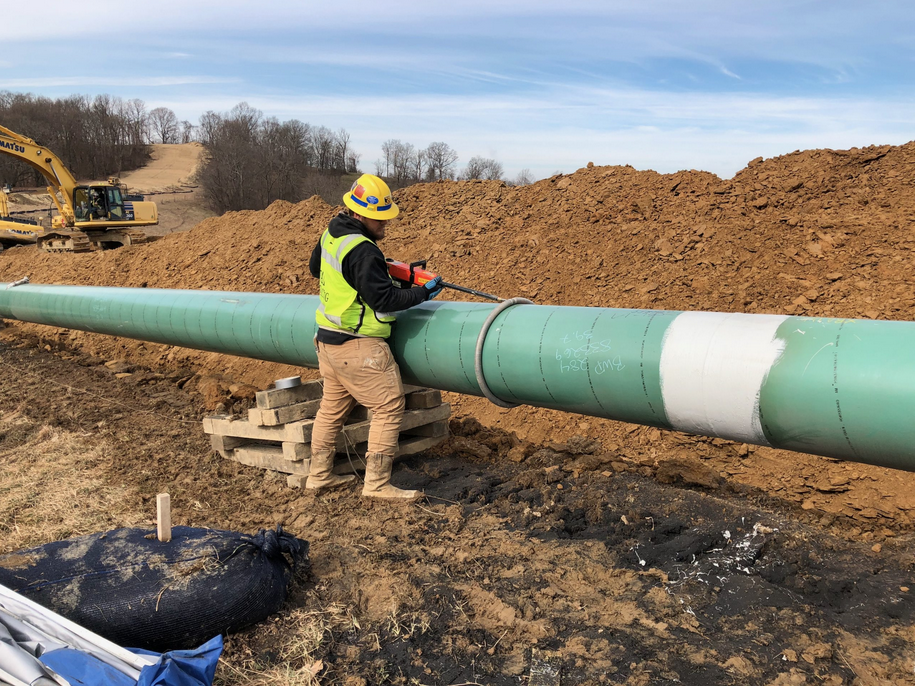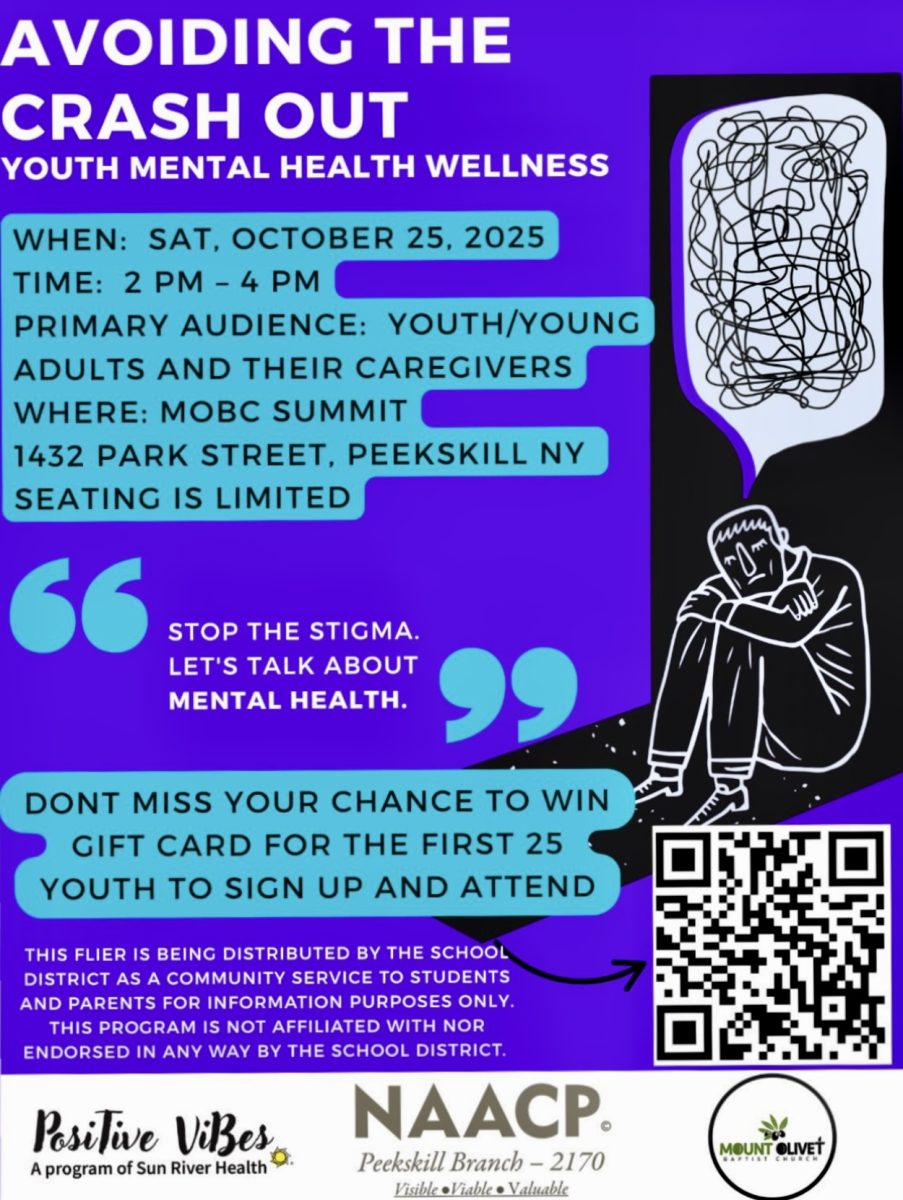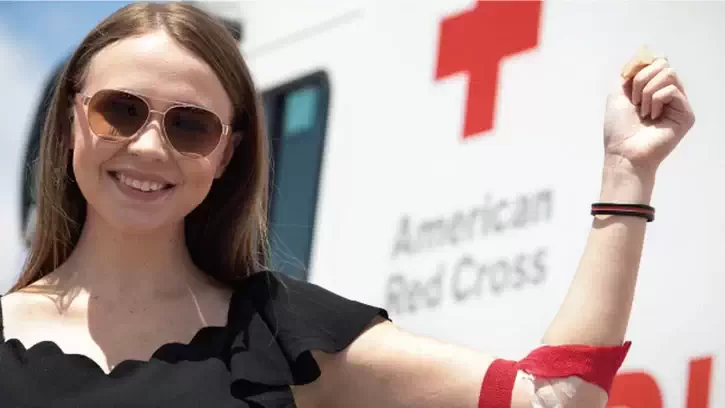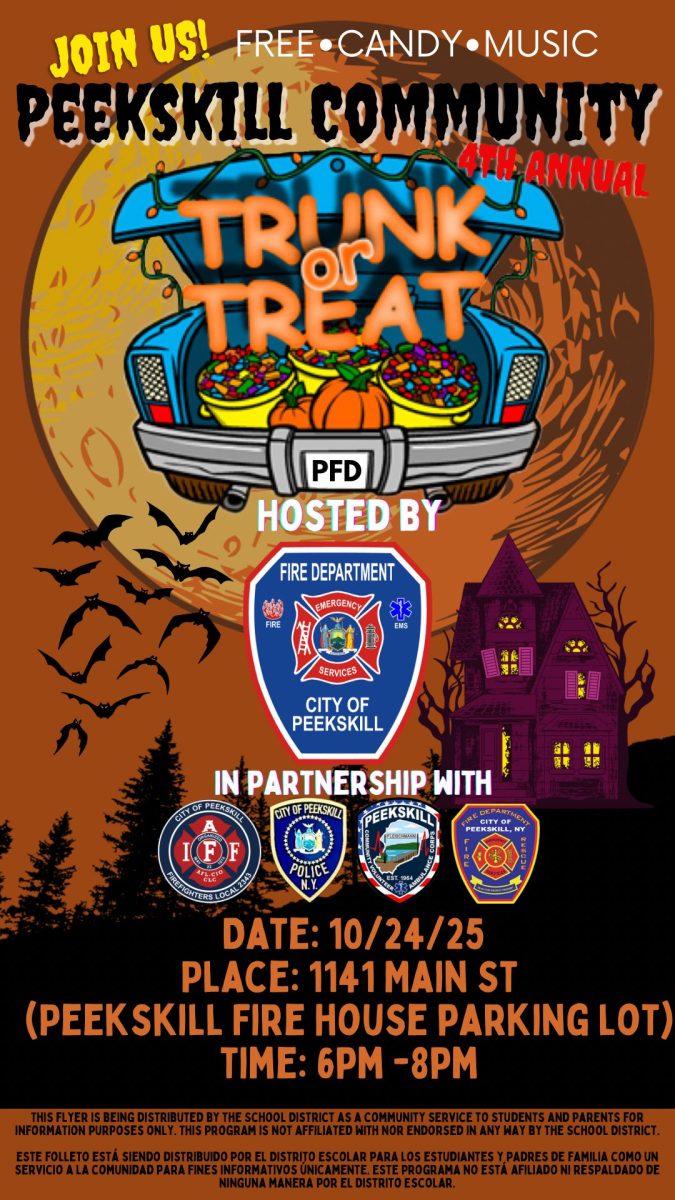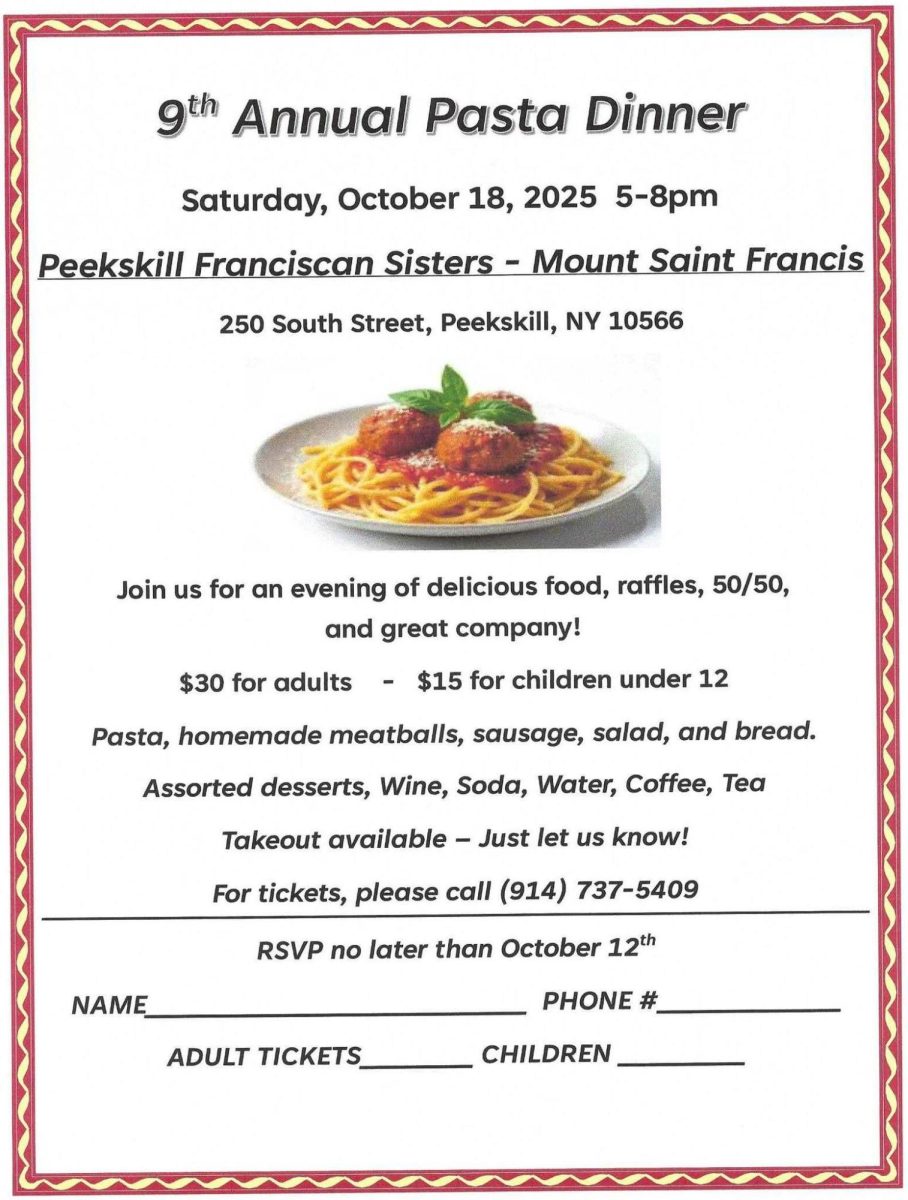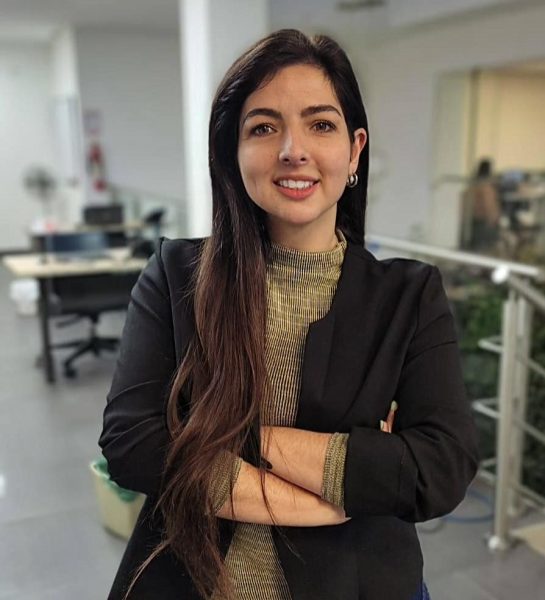They once looked like sweet housewives and, in the blink of an eye, transformed into sensual models promoting cigarettes, cars, and detergent. This historical trajectory of women in advertising is what artist and art historian Marcy B. Freedman seeks to portray in her visual talk, “Hell No, We Won’t Go Back!” This artistic experience will take place on Sunday, July 13, at 3 p.m., at Hudson Valley MOCA in Peekskill.
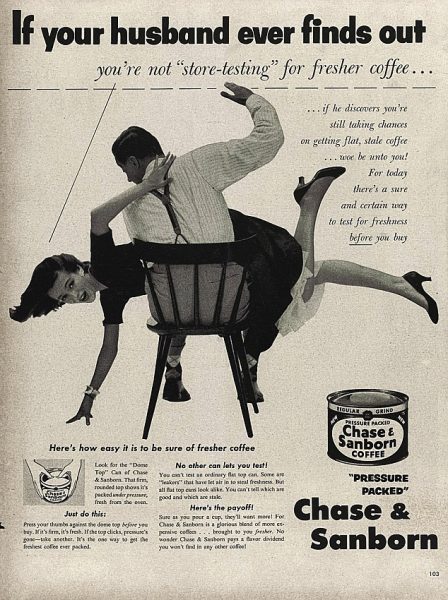
Freedman will explore the transformation of the female figure in advertisements over time: the image spread after World War II; then, in the seventies, when the advertising industry responded to the emergence of the feminist movement with more positive portrayals, though without entirely abandoning stereotypes, and then up to 2025, where little has truly changed.
Freedman, an interdisciplinary artist with a background in performance, visual art, and cultural critique, has devoted much of her career to examining how women are represented in art and visual media. In an interview with the Peekskill Herald, she explained that her motivation to research advertising arose because the public is exposed to it far more frequently than to art itself.
“Throughout my career as a female artist and art historian, I have been very sensitive to the ways in which women have been represented in the visual arts. More recently, I realized that the general public is exposed more frequently to advertisements than to artworks. So, it made sense for me to explore this topic,” Freedman said.
During the talk, Freedman will present specific examples of advertisements, carefully chosen for their symbolic weight and their capacity to illustrate social changes. For her, advertising not only reflects society but also shapes it.
“The most fascinating thing —in my opinion— is that advertisements can simultaneously reflect and influence the place of women in society at any given time,” she explained.
As an example, she cites the period before World War II, when the dominant female figure in advertisements was the ideal housewife.
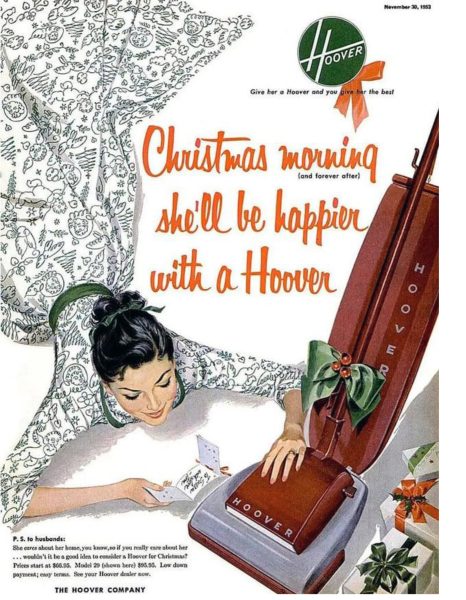
“In that era, most women did not work outside of the home, and thus, such advertisements were reflective of the times. It is not unreasonable to assume that many little girls who were exposed to such advertisements were influenced by them, and thus saw marriage and housekeeping as worthy life goals,” Freedman noted.
After the war, Freedman identifies a steady shift in the visual imagery of women within advertising.
“After World War II, there was a gradual increase in the appearance of sexualized images of women in advertisements for all sorts of things. I will share some amazing/shocking examples of these ads in my lecture,” she said.
The historian also noted that the seventies brought pressure from the women’s liberation movement, which compelled the industry to show more diverse and positive images of women, though it never entirely abandoned the use of hyper-sexualized portrayals.
“It caused a major shift in women’s roles in society, and the advertising industry responded with a wide range of new, positive imagery —without abandoning the use of hyper-sexualized depictions of women. We are still living in a world shaped by this multi-faceted phenomenon,” Freedman explained.
Freedman’s presentation also connects with the current exhibition by V.L. Cox at Hudson Valley MOCA, an artist who explores issues related to civil rights and social justice.
“Both V.L. Cox and I address the problems posed by some of the patriarchal values that still prevail in our country,” she said.
Freedman hopes that her audience will leave the talk with a heightened critical awareness of the present.
“I want to sensitize everyone to the precariousness of our current situation,” she emphasized.
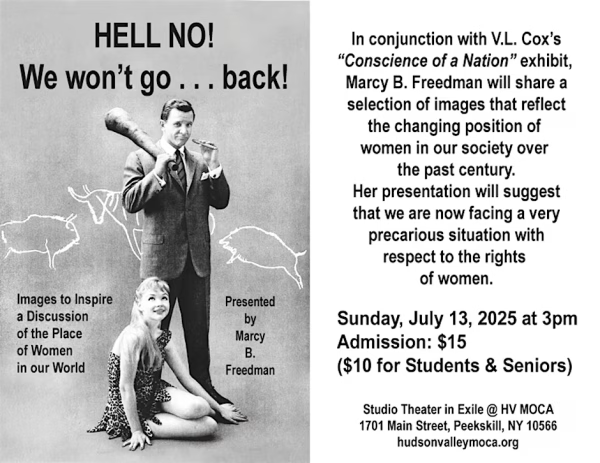
The event will feature an interactive format. Freedman revealed that she plans to pause at several points during the talk to open the floor to the audience.
“During my lecture, I will ‘hit the pause button’ from time to time, so that I can pose questions and allow the audience to respond to specific images or topics that I have introduced. After my lecture, I will allow the discussion to follow the interests of the audience,” Freedman said.
One theme that the artist emphasizes is that everyone can learn tremendously by observing carefully and thinking deeply about the images encountered in daily life and in museums.
The event on July 13, scheduled from 11 a.m. to 5 p.m., has an admission fee of ten dollars. For further information, consult the Hudson Valley MOCA website.




